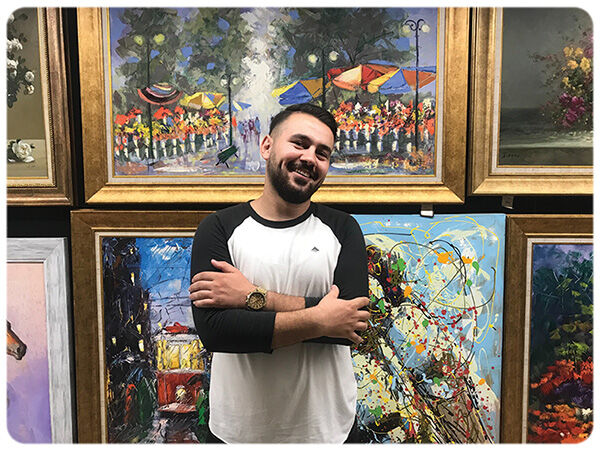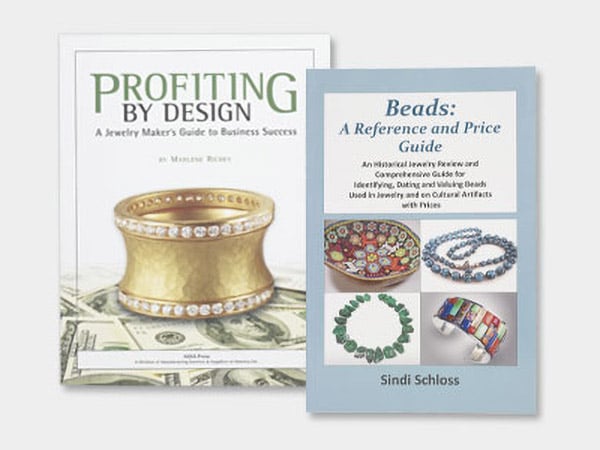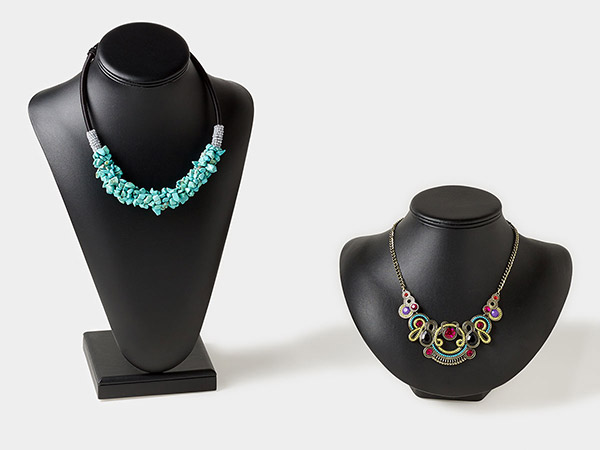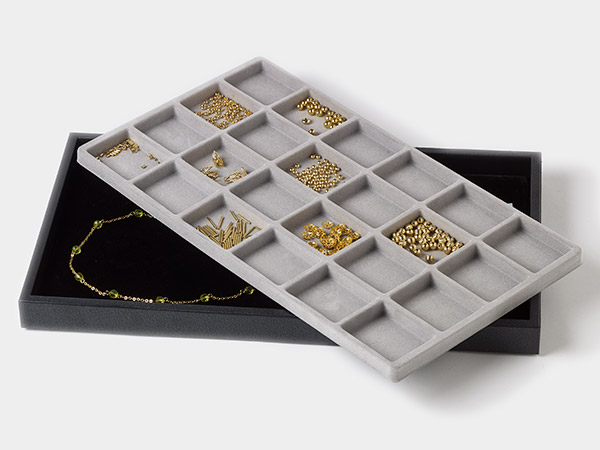Closing the Sale: Keeping Buyers Interested in Your Booth or Website
by Donald Clark
Q: Should I change my booth theme if I am going to be selling around a holiday such as Valentine's Day, Christmas, or Easter?
Donald Clark (DC): Perhaps not the whole booth. I understand the approach to holiday merchandise to be markedly different depending on whether you're selling wholesale or retail. Wholesale buyers who are open to buys for the year often place many orders for holiday themed items at the January shows. You'll want to have a full display of any holiday items you produce to serve these buyers. Certainly, you don't want to turn your whole booth into a holiday scene. I'd set aside an area devoted to this merchandise. You'll want to allow plenty of space to show your everyday line. This would be the time to introduce new items to your existing buyers and to use them to lure in new ones. Your offerings could range from ornaments and items used to decorate to functional items decorated with a holiday theme, for instance, a vase with holly, a bunny or hearts.
Displays of holiday items at retail shows on the other hand can show up year-round. Consider a holiday corner. It could be designed to feature merchandise for the closest holiday with other holiday merchandise present in a secondary way. The pitch here would be to the shoppers who begin gathering gifts for friends and family members ahead of the pressure of needing to purchase. Consider a little display of items in use. This allows you to have the "wouldn't this look nice on your table" or "it's often good to purchase items when you see them" conversations.
Q: All too often customers who seem ready to buy walk away. Any clues to closing the sale?
DC: I want to step back a bit to look at the selling situation most craftspeople find themselves in. First, let's be clear you're selling luxury products. No one needs a $35 mug or a $100 belt. The customer for these products has expendable income allowing them to shop in the luxury market. So, what does the decision-making process look like when you can have nearly anything you want?
So why do they buy our luxury products? Several reasons come to mind beyond the obvious, because they can. Pamela Danziger in her book, Why People Buy Things They Don't Need: Understanding and Predicting Consumer Behavior, reports research that clearly connects luxury purchases to emotional responses. They want to purchase items that are unique, handmade is unique, and to be guided in the process by someone who is knowledgeable about the product--that would be you, the maker.
Now let's think about how we can close a sale with a customer from this segment of the population that is used to being taken care of. Here are some ideas I have gathered from the numerous books and articles I've encountered on how to close the deal. Most important we must be clear we're not selling used cars or insurance. We're selling fine handmade objects.
I'd suggest we should be focused on the customer not on the product. We're partnering with the customer to solve a problem, their problem. The first step to making the sale is to determine the problem to be solved. "I need a gift for my friend's child who I have never met. I'm going to stay with a friend in Spain for a week and need a hostess gift. My new dining room table needs an object as a center piece."
Perfect. The best way to sell to any customer, this one in particular, is by presenting some options based on the problem to be solved. Then go on to explain the features and benefits of the objects you're showing. As you do this be sure to note any emotional responses they may have. And finally ask for the sale, "which one would you like me to wrap for you?"
Q: How should I arrange things on my website (collections, mediums, or objects)?
DC: A craftsperson's web site can be designed to do different things. Makers of one of a kind objects may use their site just to present their work, perhaps for consideration by galleries looking for new work to show. In this case I think bodies of related work should be shown together. I also really like to see work in chronological order so I can observe the growth of the work through the years. This type of site is often used as a visual resume used when a maker approaches a gallery, today gallerists much prefer being sent to a website over receiving packets in the mail.
More and more makers are building web sites to sell their work. Remember, this is all about the customer and how easily they will be able to find what they seek and make a purchase. Since you won't be there to talk about the work you must have fabulous images and snappy descriptions of the work including a quick mention of features and benefits.
I am seldom a casual shopper; I know what I'm looking for either for my life or to solve the what to buy as a gift problem. Unfortunately, we all seem to be in a hurry these days. Websites that run a heading across the top showing the categories of goods offered get my attention. I can click on a category and see all the offerings, nothing there, I click on. I'm also influenced by beautiful photographs showing the products being used by smiling models. Sometimes I have a price point in mind. This is where the drop down that lets me shop by price becomes very useful.
These three questions are all about the customer. We know our work is great therefore everyone should want to buy it. The best way to make this happen is to learn to put the work second to the customer's needs. We must listen to the customer, figure out why they are in our space and only then can we begin to sell them our work. Good salespeople listen a lot and don't talk too much.
Have a question regarding this project? Email Customer Service.
Copyright Permissions
All works of authorship (articles, videos, tutorials and other creative works) are from the Fire Mountain Gems and Beads® Collection, and permission to copy is granted for non-commercial educational purposes only. All other reproduction requires written permission. For more information, please email copyrightpermission@firemtn.com.




